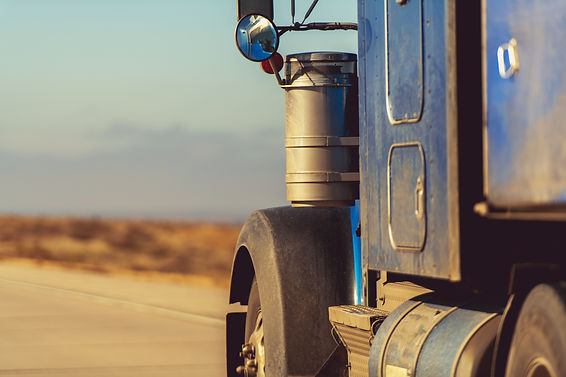Republished due to content error - rail treatments are applied AFTER the holes are punched or drilled to ensure protection inside the holes as well as the rail surface.
All OEs provide some form of treatment, under the paint, to protect their rail against rust or other corrosion. The minimum is primer, with some OEs offering more durable treatments as standard. Below is a list of a few. Because OE practices are prone to change, I won’t make any associations, in an effort to avoid misinformation.
Prime Paint: All OEs that offer an upgraded rail treatment, will prime paint the rails as their standard offering. This is a process of wiping down the rails with a solvent, then applying the prime paint, prior to adding the finished rail color.
Zinc Phosphorus: Zinc phosphate coating is a non-conductor, the coat prevents current flow, making it resistant to galvanic corrosion. The chemically produced coat is also resistant to flaking as it is modified on a molecular structural level. The substance is typically sprayed onto the rails and slows down disbanding of paint from the rail surface. It is then followed by primer or the final paint color, or both.
E-coat: Electrocoating, also known as electrodeposition coating, is a method of painting that uses electrical current to deposit paint on a surface. The rail is pre-treated with a solution similar to zinc phosphate. The rail is then dipped into an electrocoat bath. After adhesion, the rail is rinsed, then transferred to an oven for curing. This process typically carries a rail length restriction due to the vat size. This finish typically serves as the primer and after cure the rail is ready for final paint.
Powder Coat: This differs from e-coat in that the process uses a dry powder. The rail is cleaned to remove any debris that may inhibit the powders surface contact. Next a dry powder is electrostatically applied. By charging the object and spray the powder is attracted to the rail, resulting in great coating ability with very minimal waste. Baking is then required to complete the curing process. The result is a thick dense finish that typically serves as the final paint.
All treatments are applied AFTER the rails are punched or drilled. That means the holes are both coated, and size of hole is large enough to accommodate the matching bolt/fastener. Multiple rails are treated individually and then coupled together.
Which is best?
It depends. I am not aware of any OE that provides a choice other than moving beyond primer alone, each has chosen one as a solution to rust issues. Be aware, if you have multiple rails, either an insert or an outsert, corrosion issues escalate, and you will want to consider some form of anti-corrosive treatment.
The word metal comes from the Greek word 'metallon,' which means quarry or to mine or excavate. The composition of the Earth is not entirely known, but the most abundant metal in the Earth's crust is aluminum.












